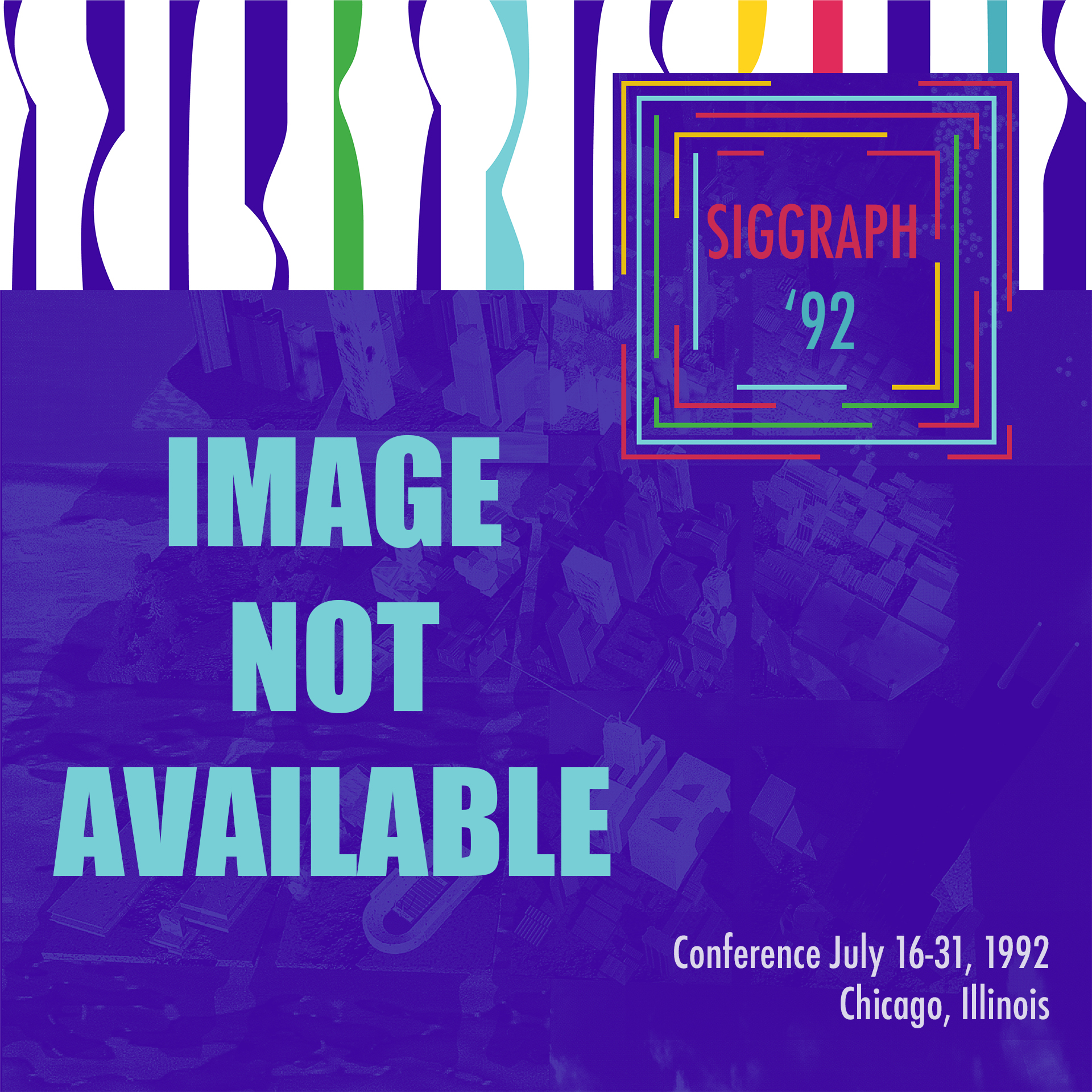“Pion Propagator Visualization from Quantum Chromodynamics (QCD) Simulation” by Brickner
Notice: Pod Template PHP code has been deprecated, please use WP Templates instead of embedding PHP. has been deprecated since Pods version 2.3 with no alternative available. in /data/siggraph/websites/history/wp-content/plugins/pods/includes/general.php on line 518
Conference:
- SIGGRAPH 1992
-
More from SIGGRAPH 1992:
Notice: Array to string conversion in /data/siggraph/websites/history/wp-content/plugins/siggraph-archive-plugin/src/next_previous/source.php on line 345

Notice: Array to string conversion in /data/siggraph/websites/history/wp-content/plugins/siggraph-archive-plugin/src/next_previous/source.php on line 345

Type(s):
Title:
- Pion Propagator Visualization from Quantum Chromodynamics (QCD) Simulation
Program Title:
- Showcase
Presenter(s):
Collaborator(s):
Project Affiliation:
- Los Alamos National Laboratory
Description:
This visualization shows the propagation of a pion, the lightest particle described by Quantum Chromodynamics, which is the fundamental theory of strong interactions. The pion propagator is calculated on al 6x16x16x32 lattice generated on a supercomputer. The long direction is Euclidian time, and the propagator is averaged over one of the three spatial dimensions and displayed as a function of x ond y (the two short axes). The event represented is the creation of a pion near the center of the volume, and its propagation in space both forward ond backward in time. The magnitude of the propagator determines the size of the bubbles in this visualization, ond an animated isosurface of amplitude is displayed. From the rote at which the amplitude dies out as a function of time, the mass of the pion can be calculated.






